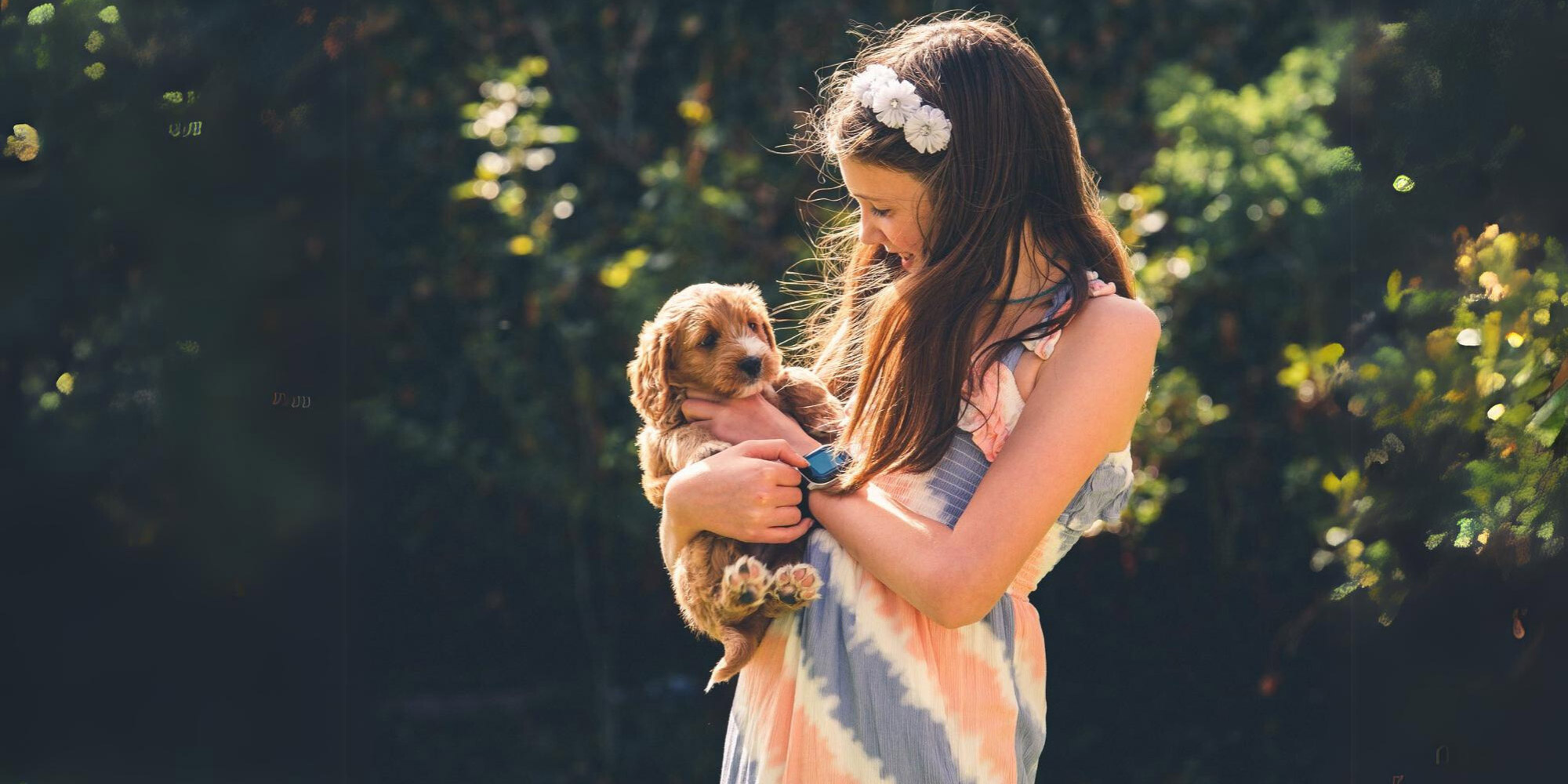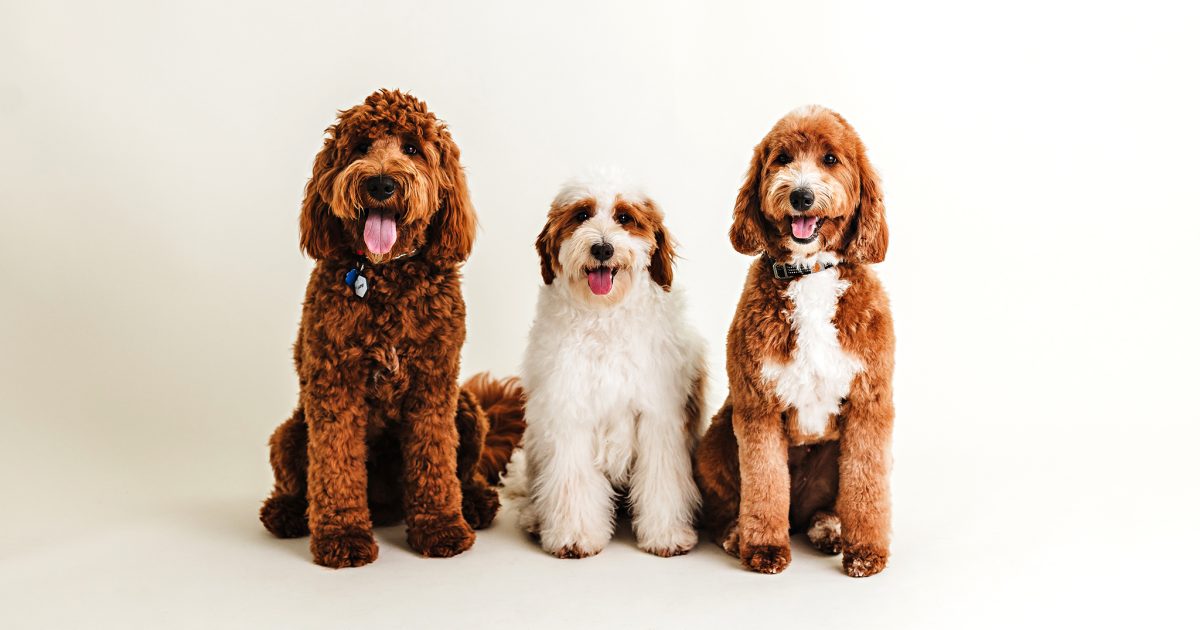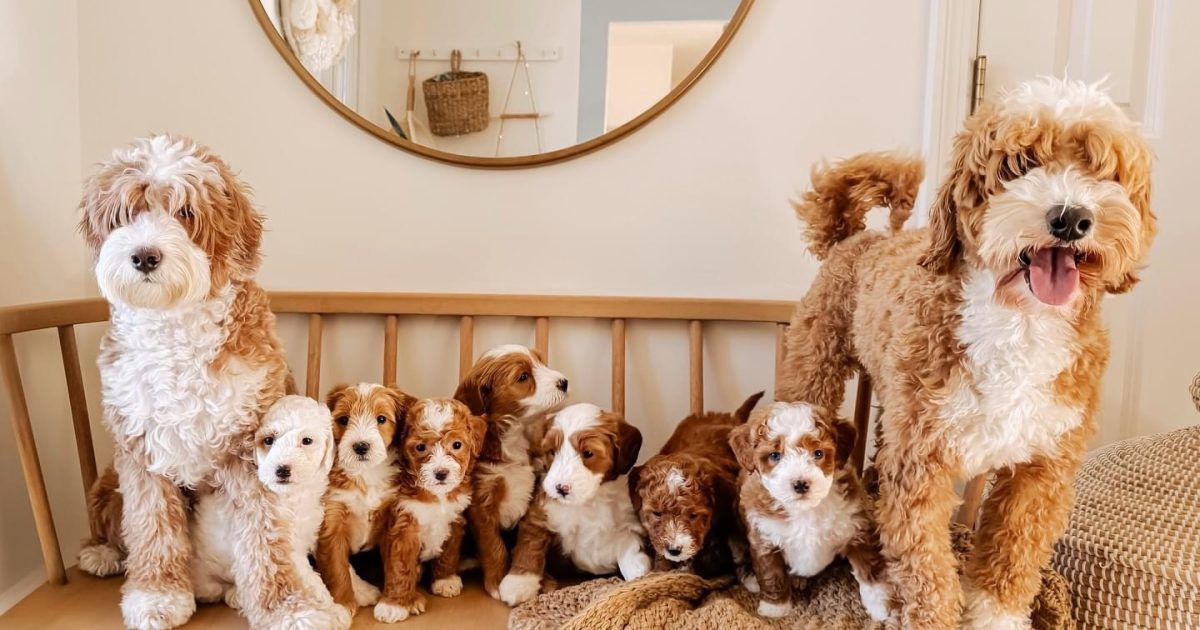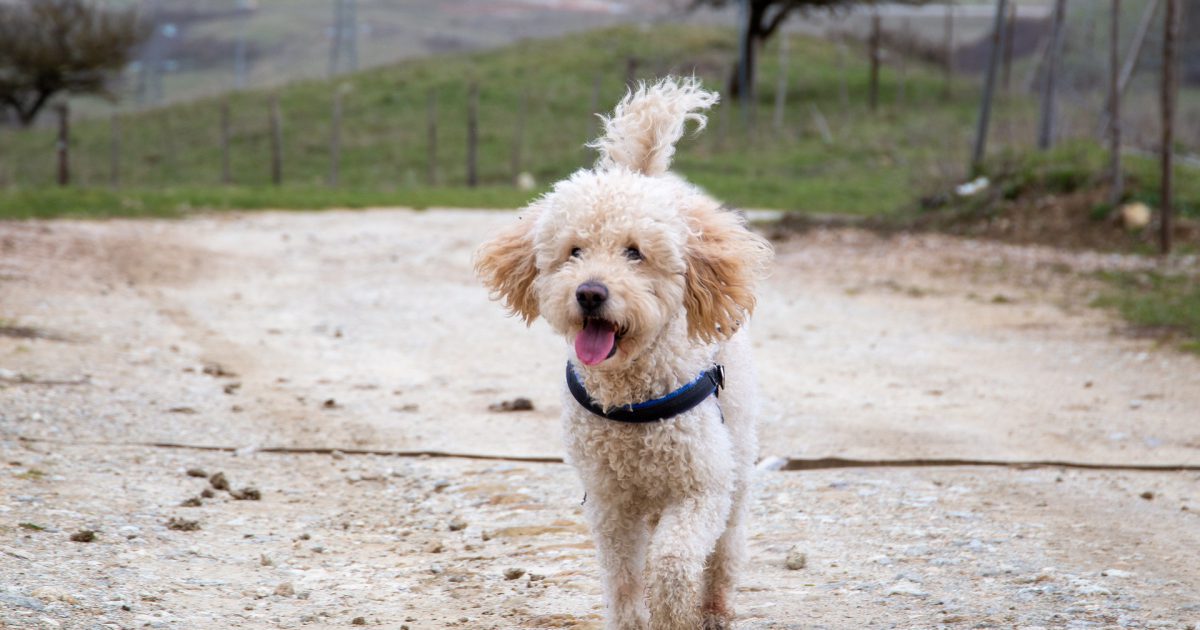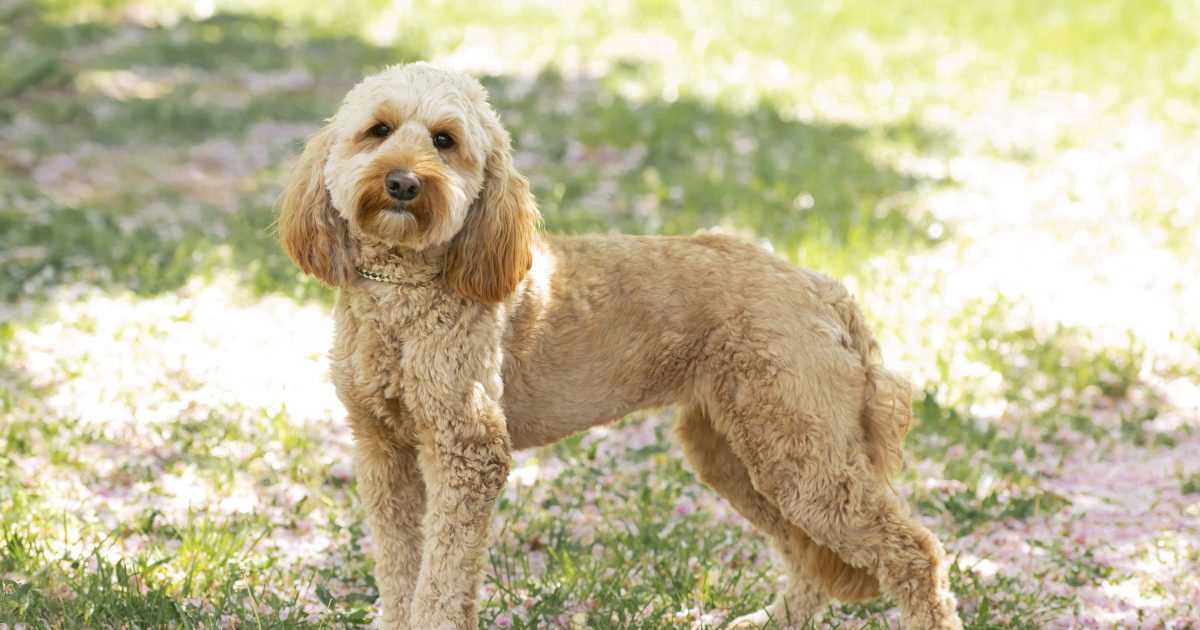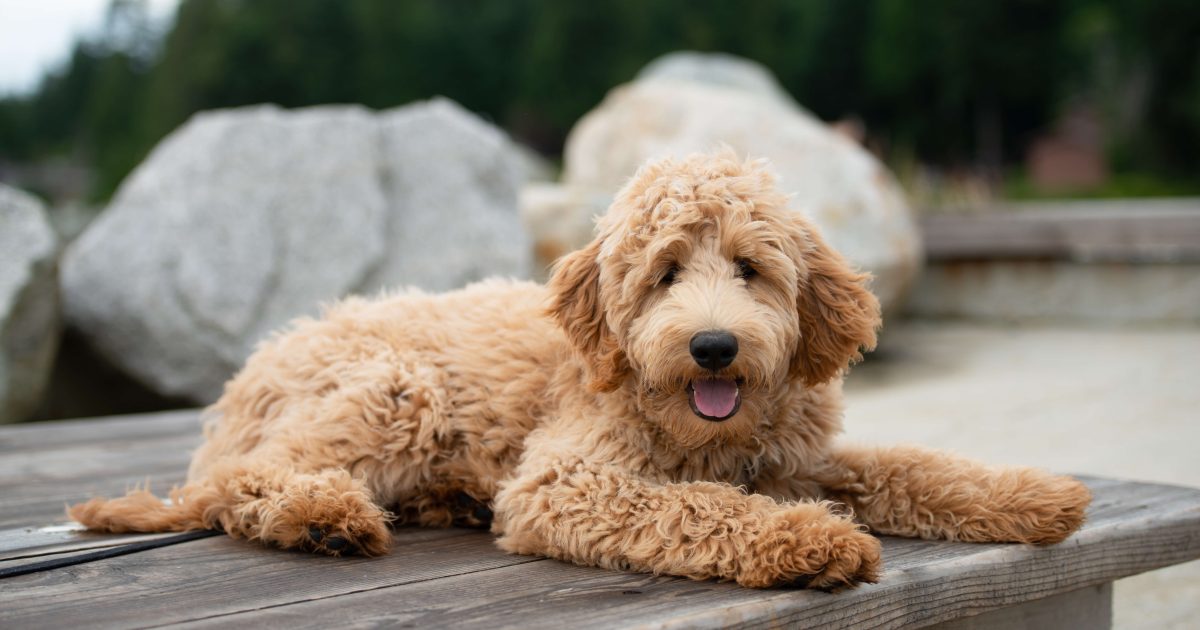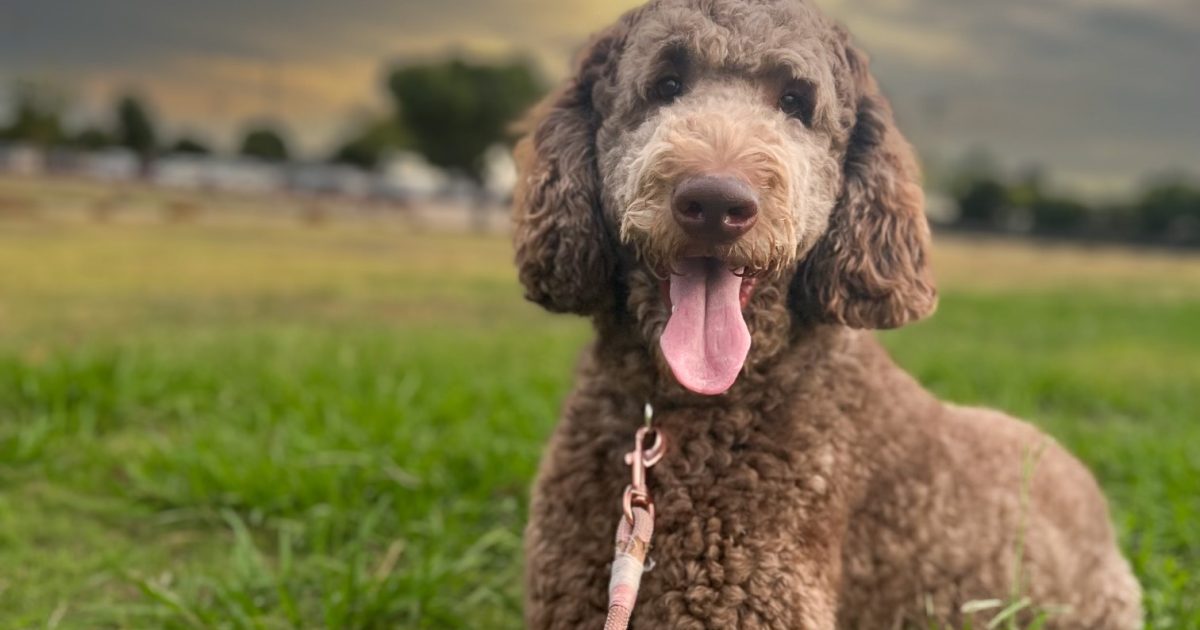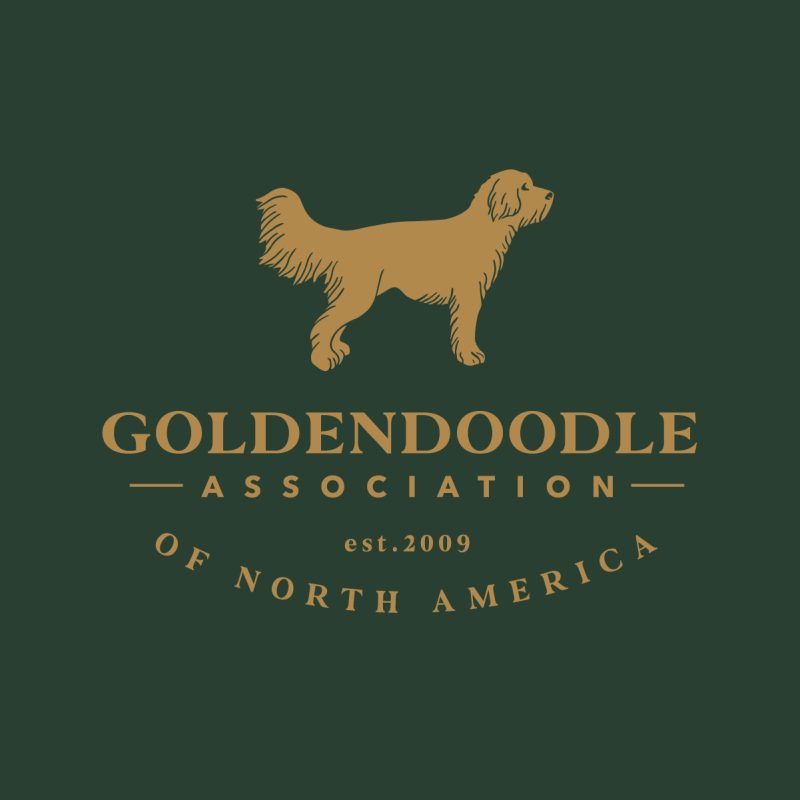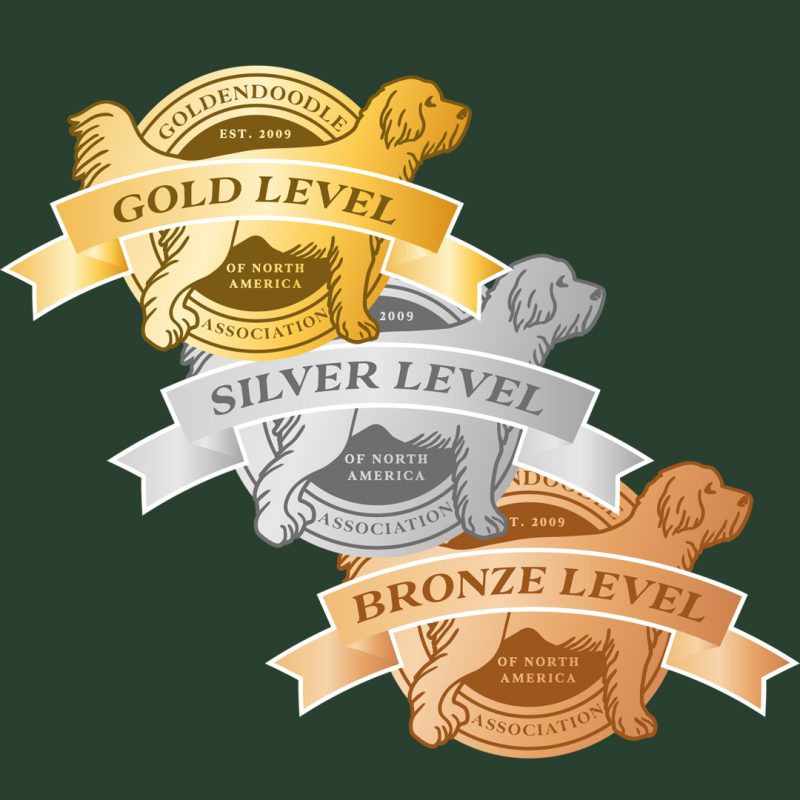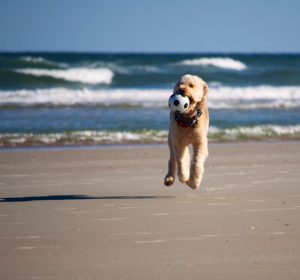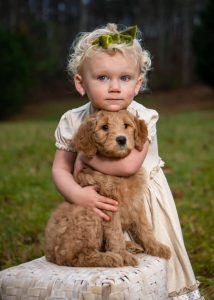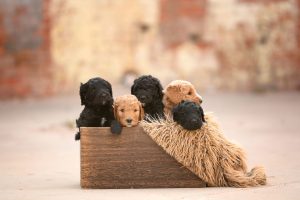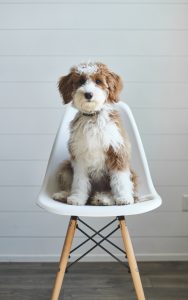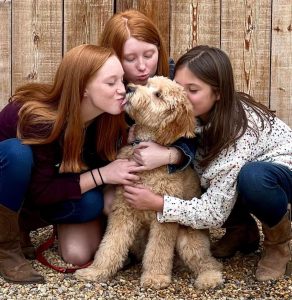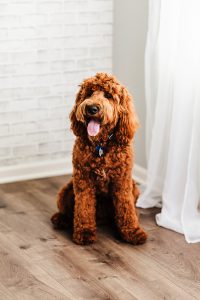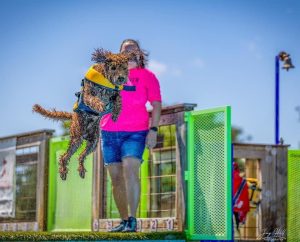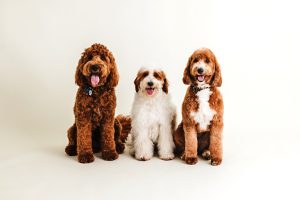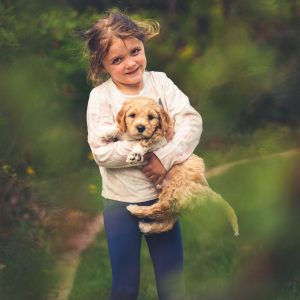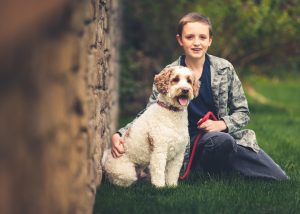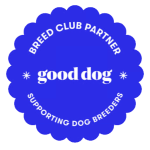Want to take Fido with you? It is very important that your puppy gets out to see the world! Please remember that all puppies adjust to new things differently. Here are some tips if you are traveling with your puppy.
First, be sure that you are ...
[Read more] about Traveling With Your Puppy?
Blog
Training
CONGRATULATIONS on your decision to become a new puppy parent… it is without any doubt one of the most rewarding and worthwhile relationships we know!
As such, now is the best time to start preparing for your new canine companionship. In fact, one ...
[Read more] about Training
Why Choose a GANA Breeder?
As Goldendoodles have quickly risen in popularity and are becoming one of the most popular breeds, there are many people who have jumped on this to become a ‘breeder’ of this incredible breed. With so many options out there, how do you know ...
[Read more] about Why Choose a GANA Breeder?
What’s a Goldendoodle Healthy Weight?
Did you know that keeping a dog at a healthy weight is one of the most important things you can do to help your pet lead a happy and healthy life? Having a pet that is overweight can lower their life expectancy by two years. I think all ...
[Read more] about What’s a Goldendoodle Healthy Weight?
Why Carry Pet Insurance?
Should I have pet insurance?
If you want to be a pet owner, you will need to be prepared for the unexpected vet bills that could come up. Vet expenses related to things like ear infections and small incidents are minimal, but a serious condition ...
[Read more] about Why Carry Pet Insurance?
Grooming FAQ
You can find materials to brush, bathe, and clip your puppy’s nails under the Shop tab.
How often should I brush my puppy?
Your puppy needs to be brushed daily with a slicker brush followed by a metal comb. The slicker brush will only brush ...
[Read more] about Grooming FAQ

